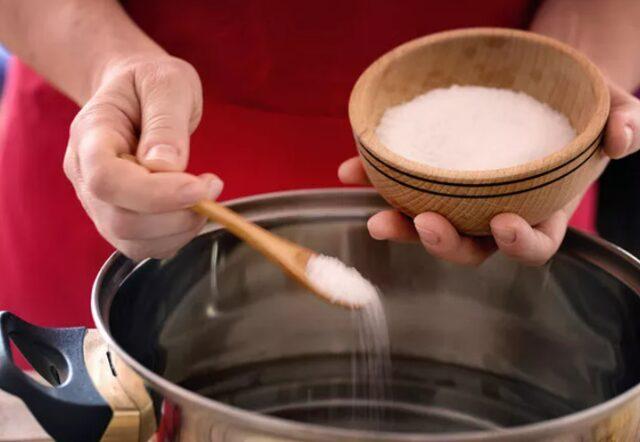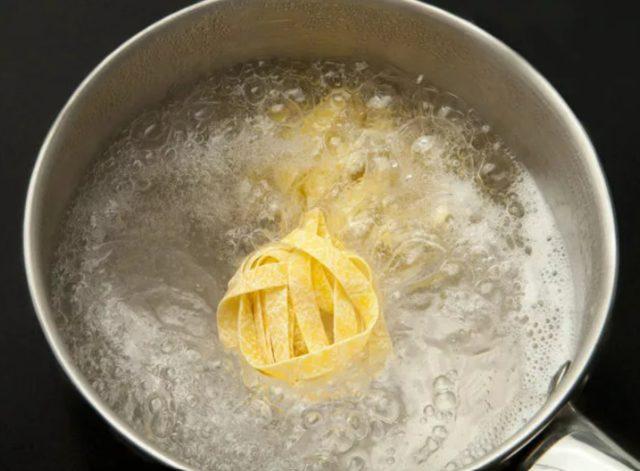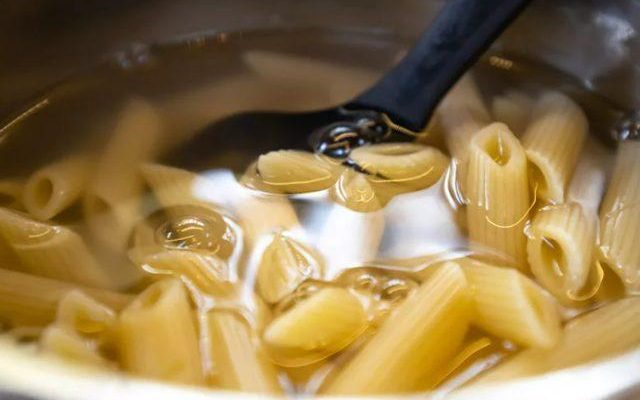Salt is seen as the most important spice that brings out the flavor of the food. Salt, which is often used in pasta, adds flavor to the flavor of pasta. However, salt used in the wrong place while making pasta can lead to great risks. Scientists from the University of South Carolina analyzed the chemicals in tap water and found small amounts of disinfectants that, when combined with salt, form harmful byproducts.
CAN CAUSE CANCER AND LIVER DAMAGE
These substances, known as iodinated disinfection by-products (DBPs), can lead to cancer, liver damage and decreased nervous system activity. The team uncovered four simple ways to reduce or avoid these unwanted compounds in your pasta dish.
SAFE STEPS FOUND TO REMOVE TOXINS

In the study by lead researcher Susan Richardson and colleagues, a certain amount of disinfectant was determined in tap water. It turns out that combining them with salt creates chemicals called “iodized disinfection by-products.”
Next, the researchers wanted to find out how they could minimize the toxins. After two experiments, the team formulated scientifically safe steps to eliminate toxins from pasta.
STEPS TO CONSIDER WHEN COOKING PASTA

According to the statement published in the press release published on the website of the American Chemical Society;
- Pasta water should be boiled without the pot lid
- Cooked water should be poured
- Iodized table salt should be added after the pasta is cooked.
- Those who want to boil the pasta in salted water should use non-iodized options such as kosher salt and Himalayan salt.
DO NOT CLOSE THE COOKER

Covering the lid of the pot while preparing pasta is a quick way to keep the water bubbling, as it prevents water vapor from escaping and allows the temperature to rise faster… However, this method also traps toxins in the water. In the third and fourth recommendations lies the secret of protecting your health. The team emphasizes that iodized table salt should be added after the pasta is cooked. According to the information announced by the team; Boiling pasta without a lid allows chlorinated and iodine compounds to escape and removes toxins.
Adding iodized salt after cooking reduces toxin formation.
